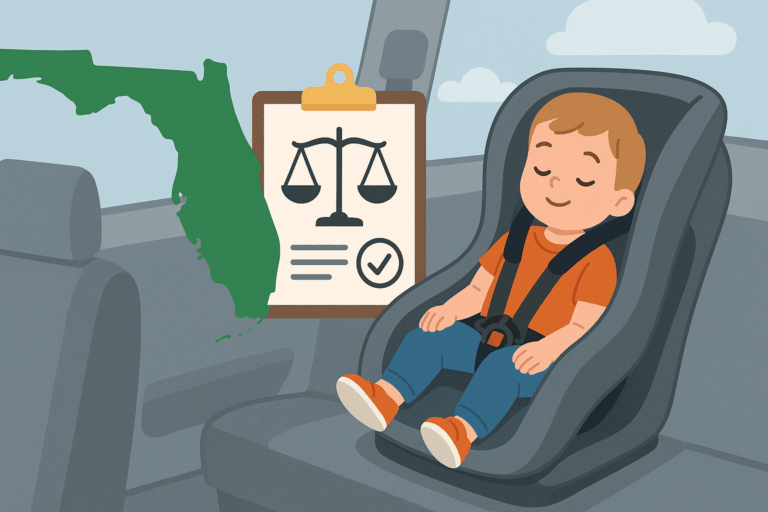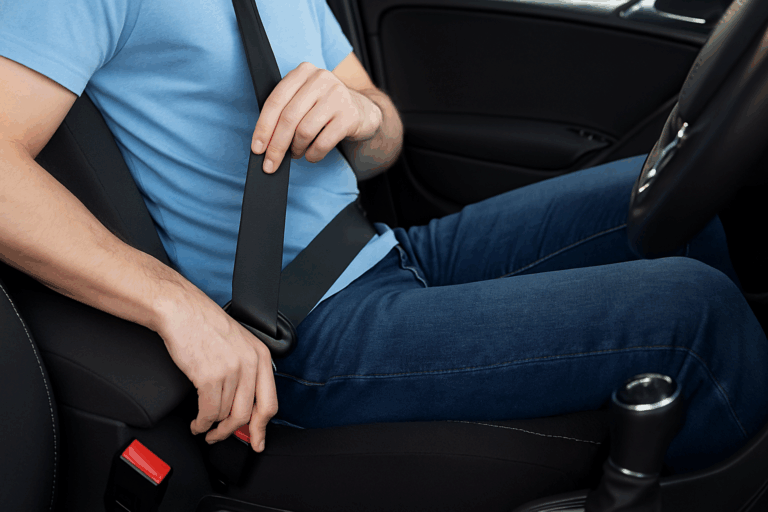Florida has taken another step forward in protecting first responders and emergency personnel with the introduction of the HALO Law, effective January 1, 2025. This new regulation builds upon the long-standing “Move Over Law,” but it goes further, extending safety measures to a wider range of scenarios and creating stricter penalties for non-compliance. If you’re a Florida driver, here’s everything you need to know about the HALO Law, how it differs from the Move Over Law, and how to handle any tickets you might receive under it.
How Does the HALO Law Differ From the Move Over Law?
The Move Over Law required drivers to vacate the lane closest to emergency or service vehicles stopped on the side of the road. If changing lanes wasn’t possible, drivers had to slow down to 20 mph below the posted speed limit to ensure the safety of roadside personnel.
The HALO Law, however, expands these protections significantly:
- A 25-Foot Buffer Zone: It establishes a mandatory 25-foot buffer zone around first responders, such as police officers, firefighters, and emergency medical personnel. This buffer applies whether they are responding to emergencies on roadways or in any other location, such as parking lots or even sidewalks.
- Broader Coverage: It includes protections for tow truck operators, utility workers, and any vehicle using hazard lights, not just emergency responders.
- Enforcement Beyond Roads: Unlike the Move Over Law, which focused on highways and streets, the HALO Law applies universally, including off-road and private property situations.
What Are the Penalties for Violating Move Over & HALO Laws?
Florida’s HALO Law is strict, and the penalties reflect its seriousness. Breaking this law can result in:
- A Citation: Fines typically start at $150 but may be higher depending on the county and circumstances.
- Points on Your License: A violation will result in three points on your driving record, which can lead to increased insurance premiums and even suspension if you accrue too many points.
- Criminal Charges: Intentionally approaching or remaining in the buffer zone after being warned, particularly if you interfere with a responder, can lead to second-degree misdemeanor charges. This could mean up to 60 days in jail and fines up to $500.
How to Avoid a Ticket Under the HALO Law
Avoiding a ticket begins with understanding and respecting the new rules:
- Stay Alert: Always scan for stopped vehicles with flashing lights, hazard lights, or emergency personnel nearby.
- Slow Down: If you cannot move away from the area, reduce your speed dramatically (to at least 20 mph below the posted limit).
- Maintain Distance: Give responders the full 25-foot buffer zone whenever possible. If you’re unsure about the distance, err on the side of more space.
- Follow Instructions: Responders may give verbal or non-verbal cues to move or stop. Pay attention and comply immediately.
What to Do If You Receive a HALO Law Ticket
If you’ve been ticketed under the HALO Law, it’s crucial to handle the situation carefully to minimize its impact on your record and wallet.
- Don’t Ignore the Ticket: Failure to respond could escalate the penalty or even result in a license suspension.
- Consult a Traffic Lawyer: Laws like the HALO Law are relatively new, and the details can be confusing. An experienced traffic lawyer can evaluate your case, identify any potential defenses, and possibly get your ticket dismissed or reduced.
Final Thoughts
The HALO Law in 2025 is championed by some as a game changer for the safety of first responders. Others see it as play to restrict people from filming and documenting police activity. Staying informed about these changes can save you from fines, points, or worse. If you do find yourself facing a HALO Law violation, a skilled traffic lawyer is your best ally in resolving the issue quickly and effectively.
Need help with a HALO Law ticket? Contact us today for a free consultation—we’ll fight for your rights and keep your record clean.



